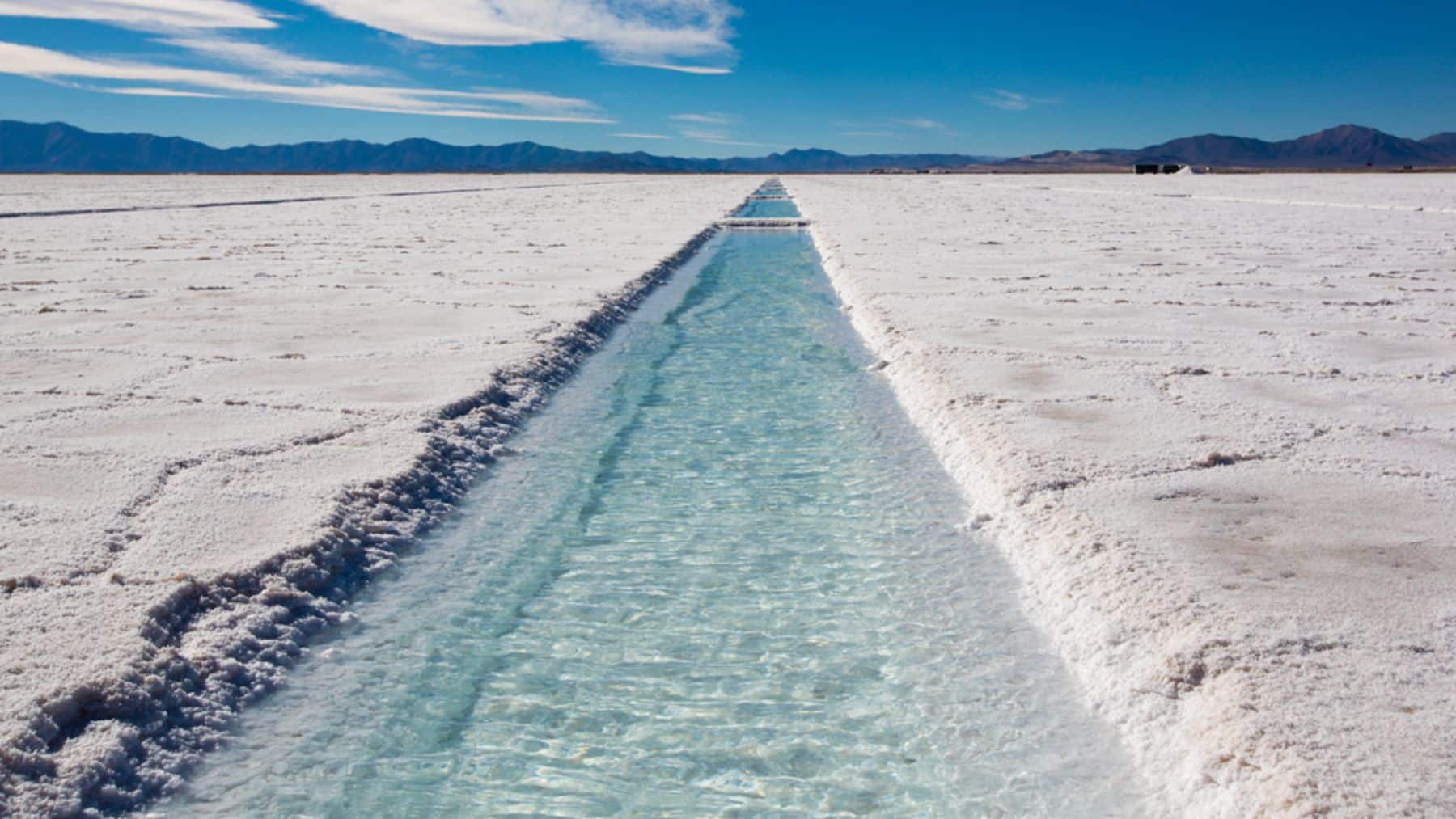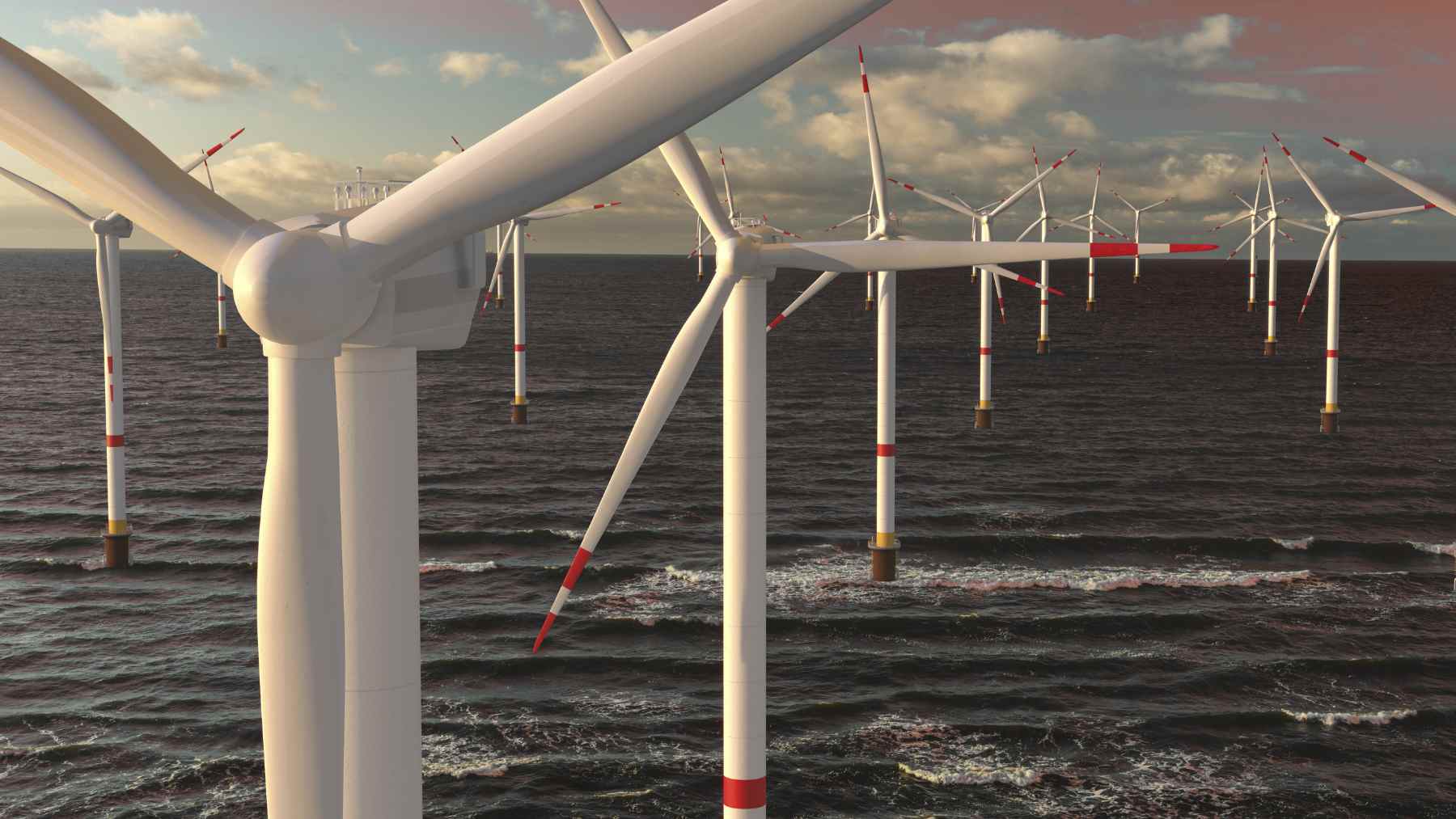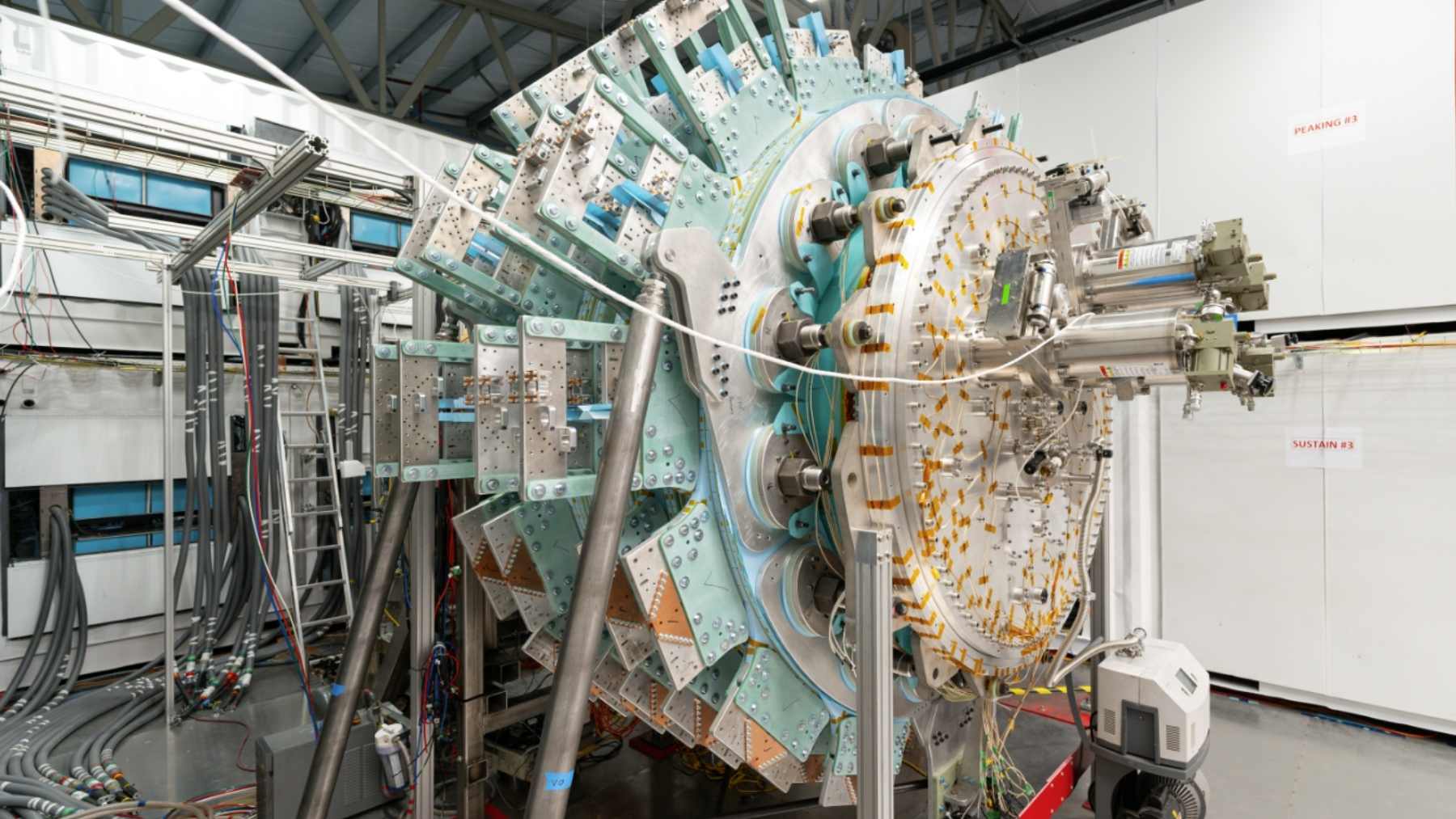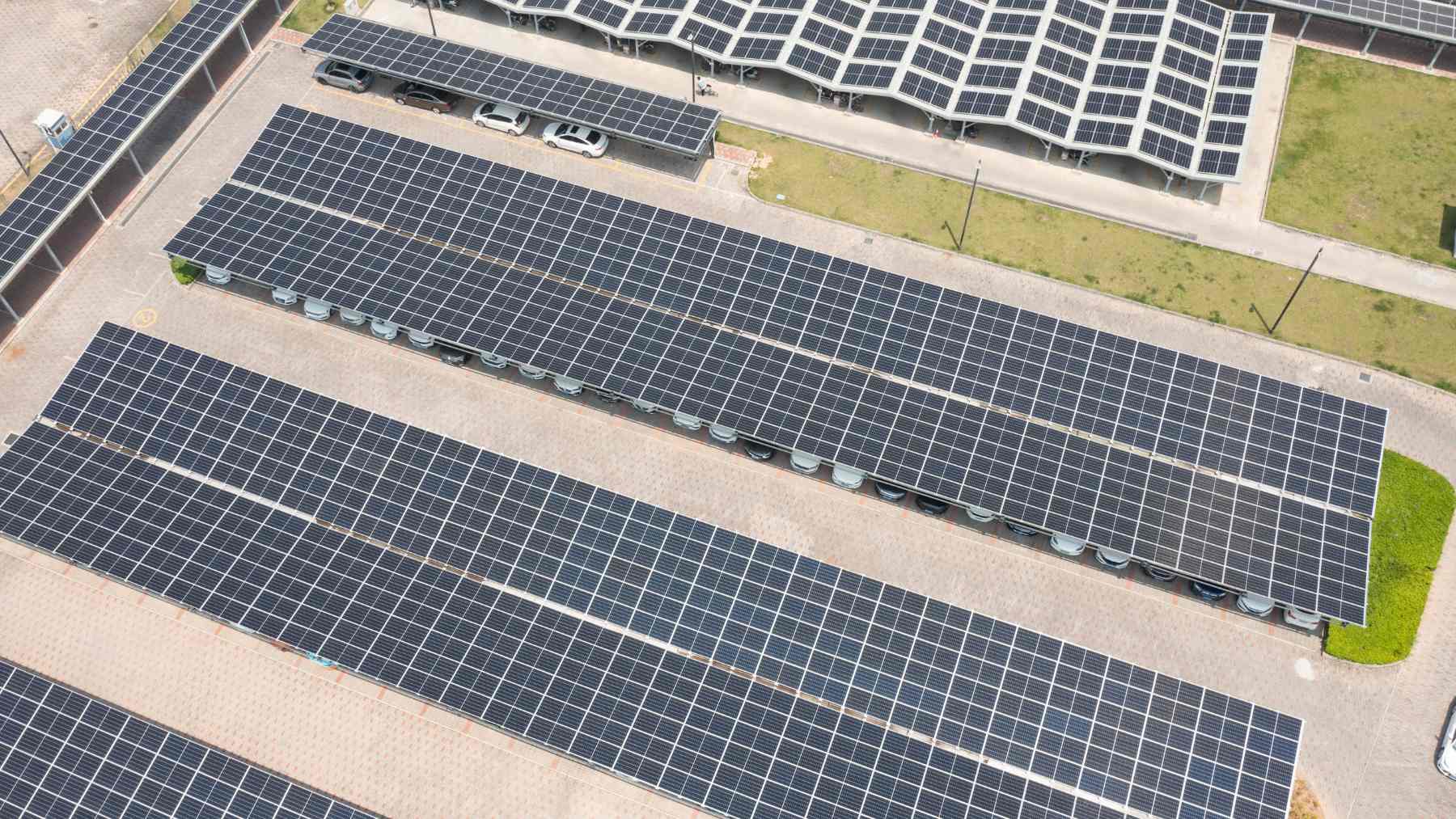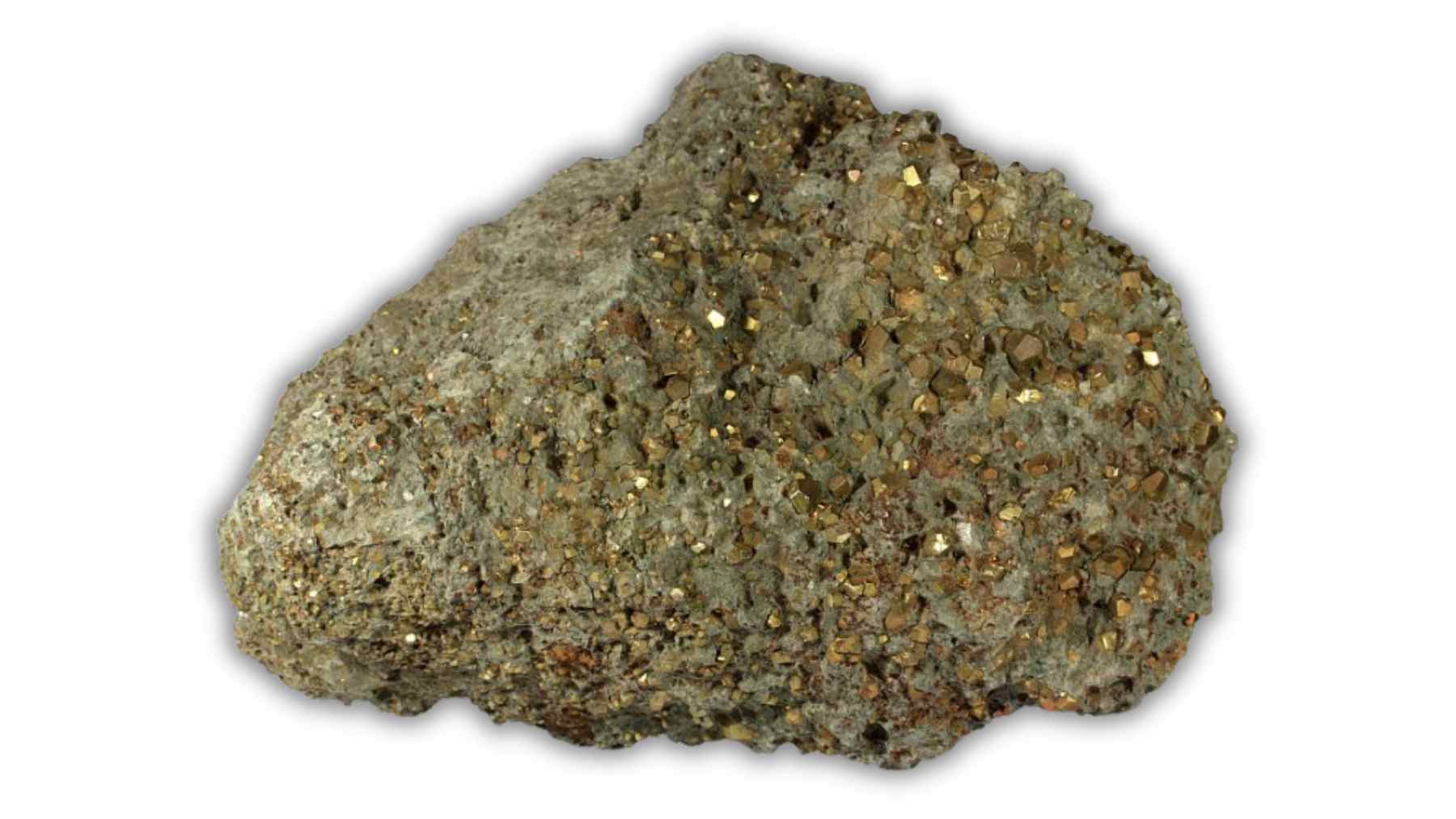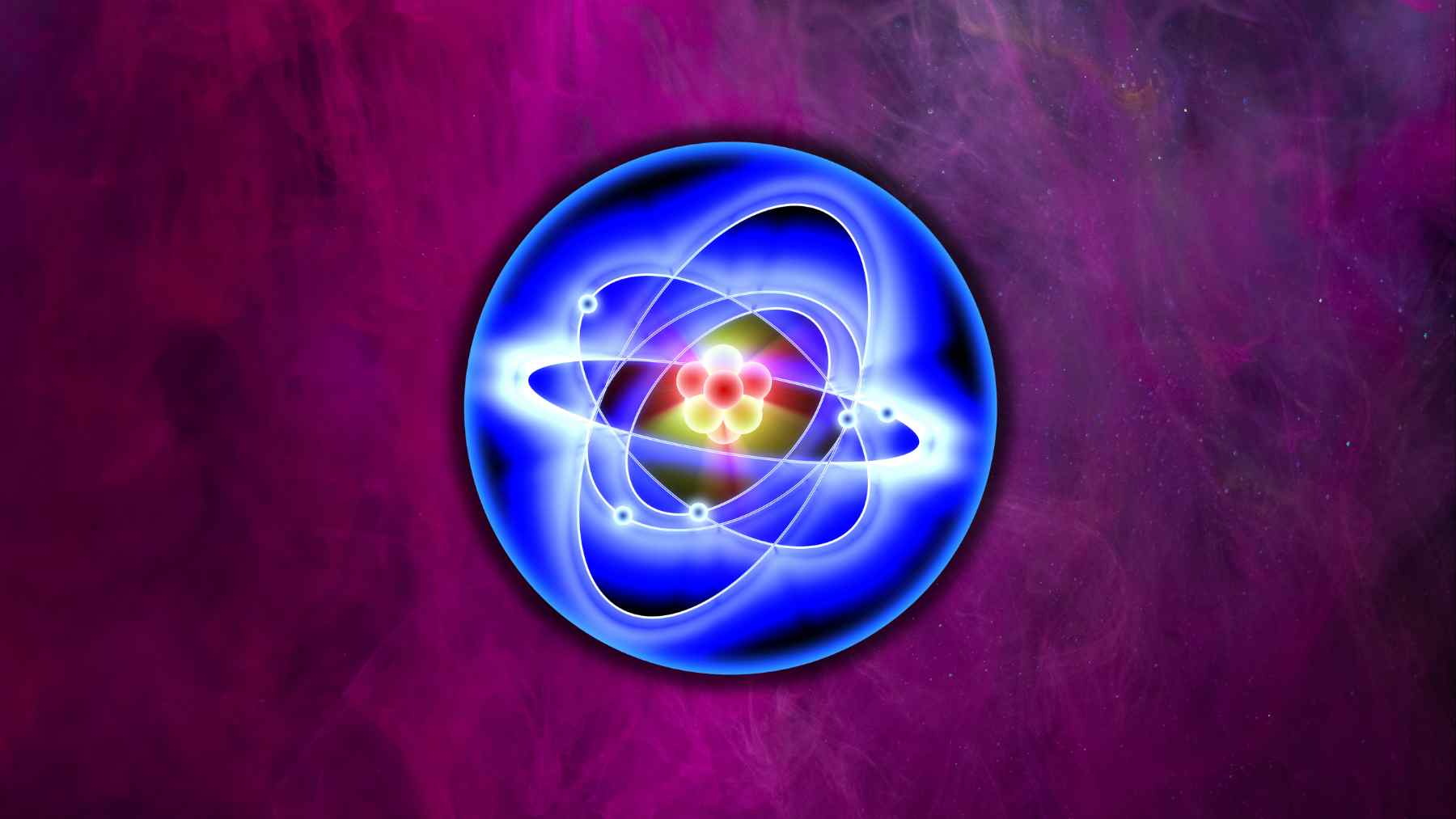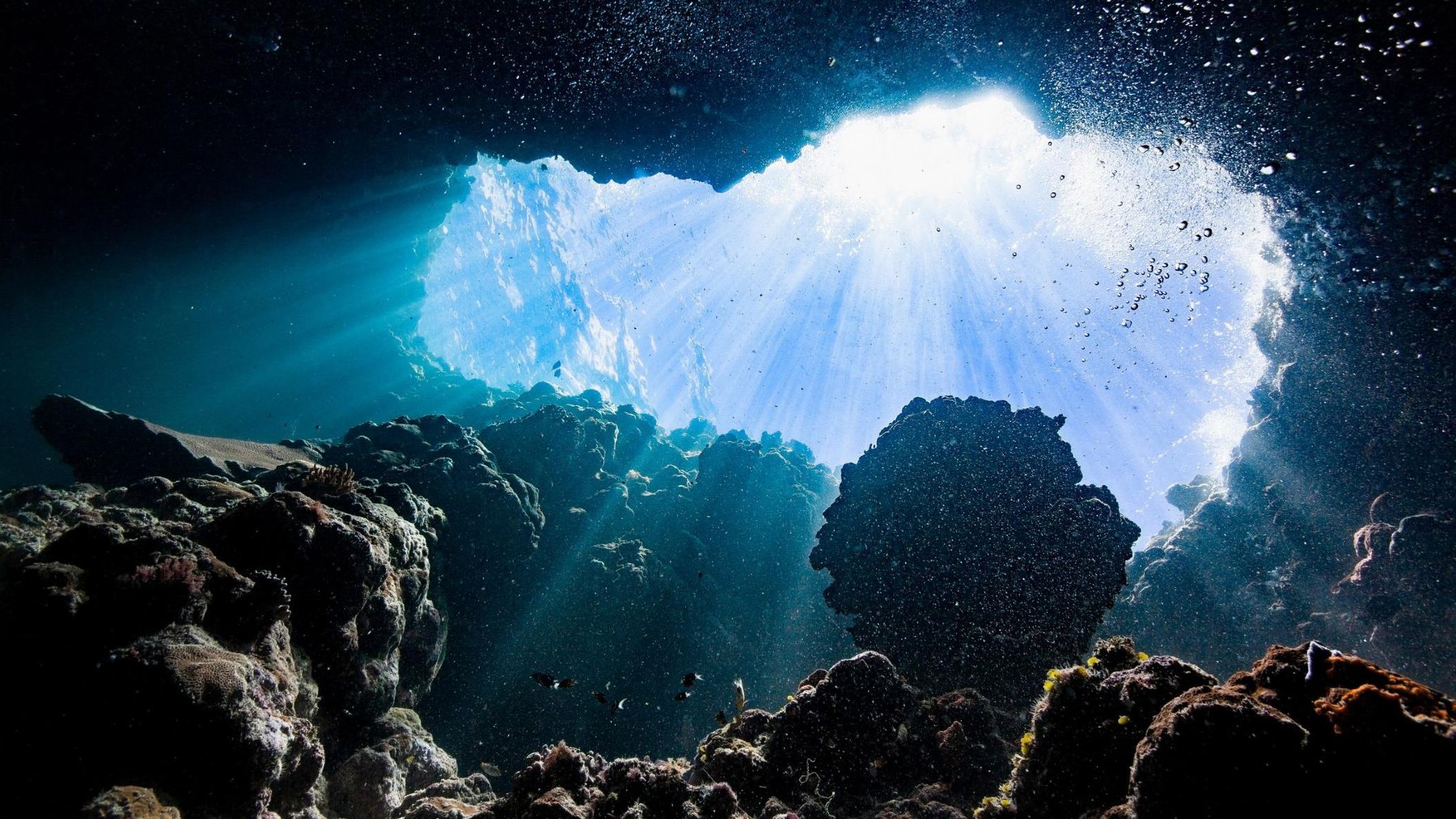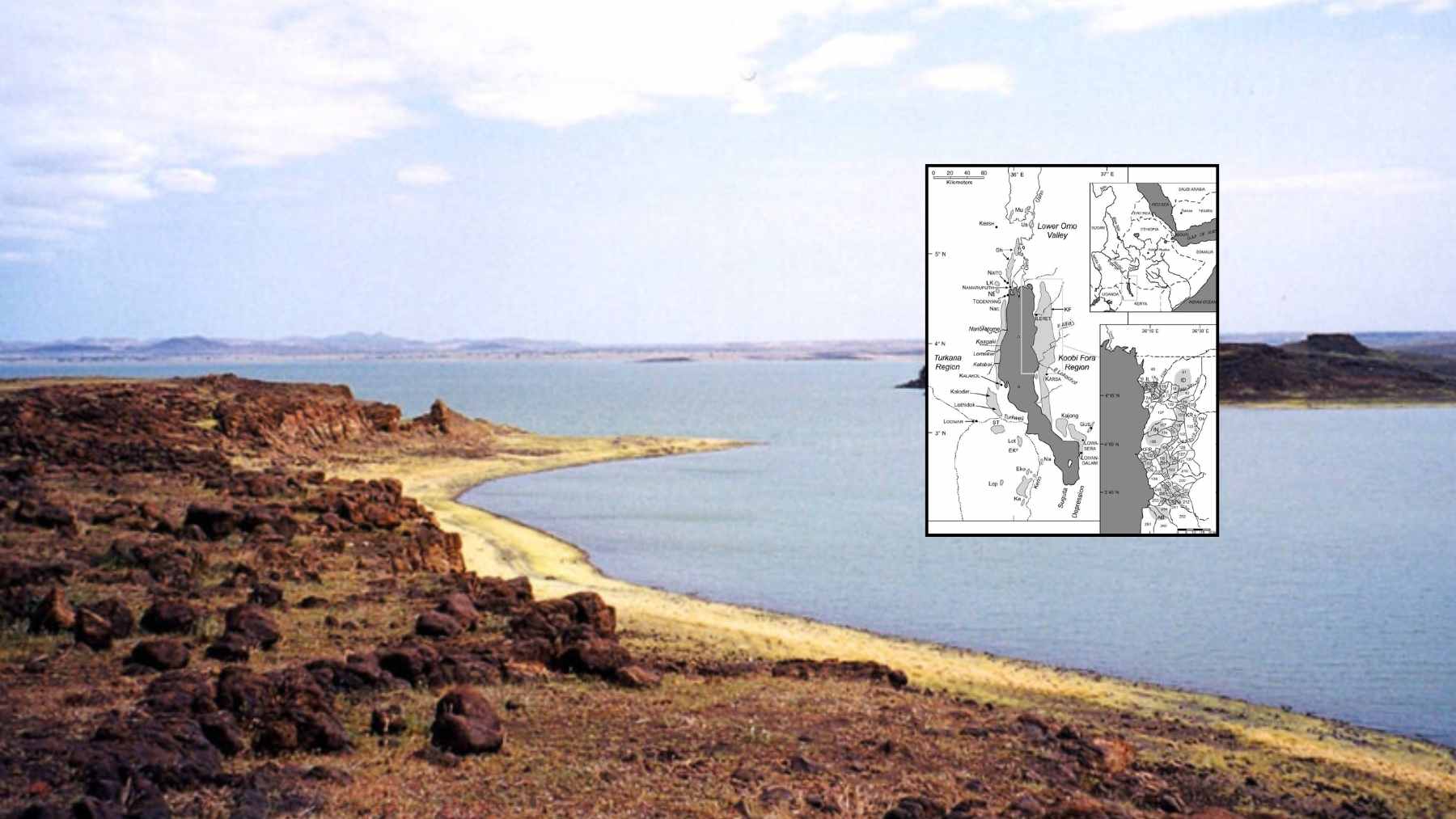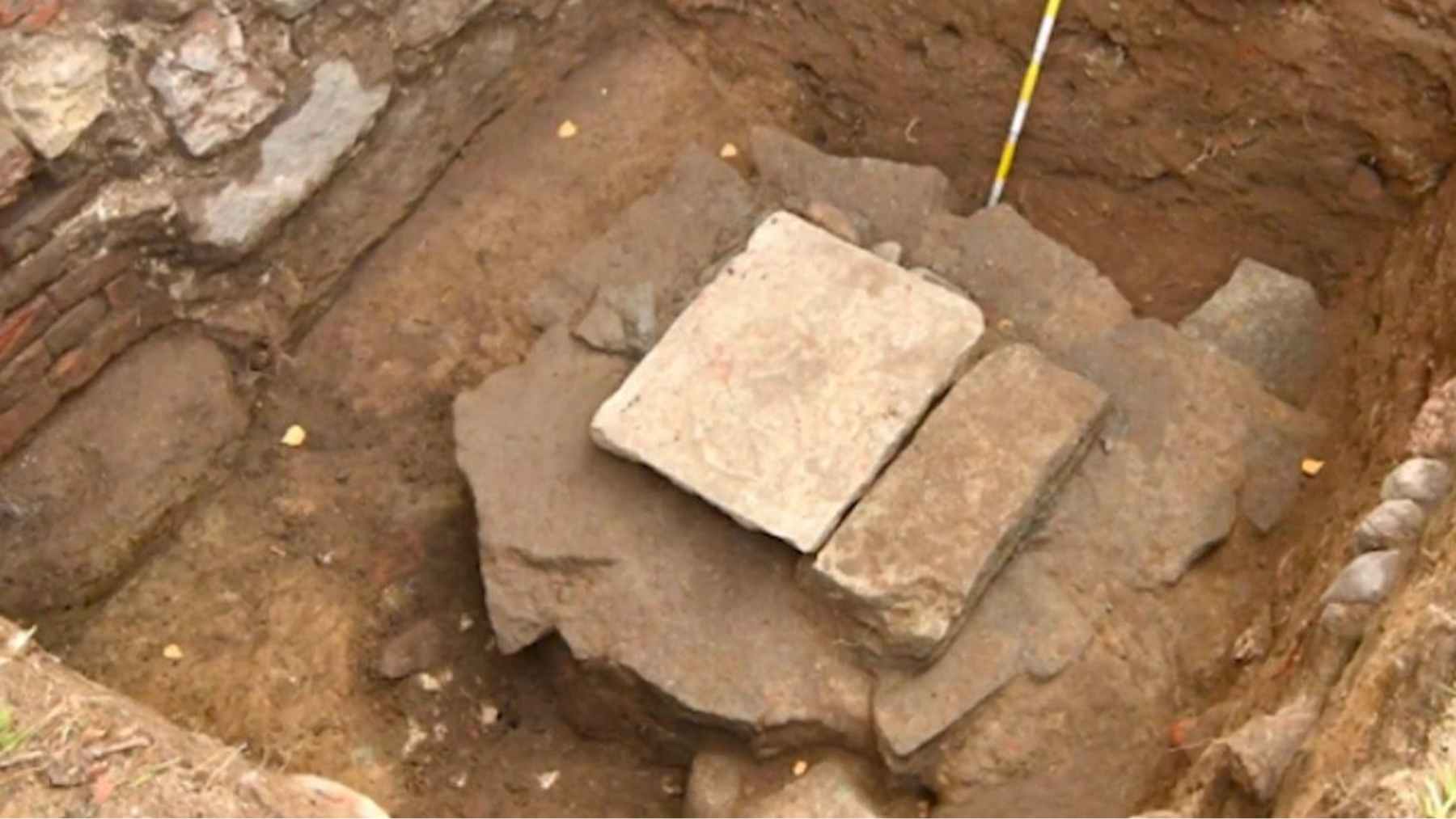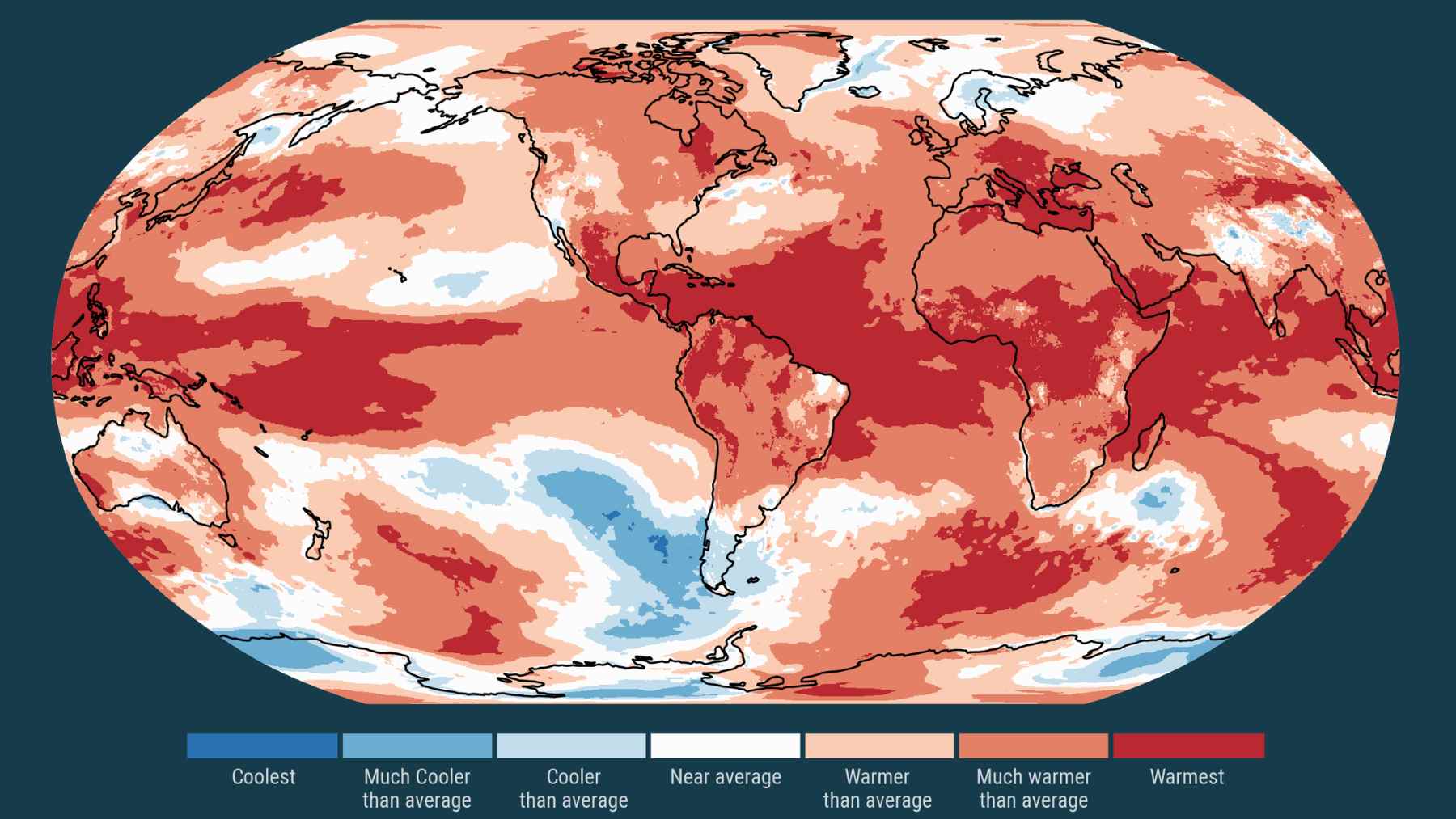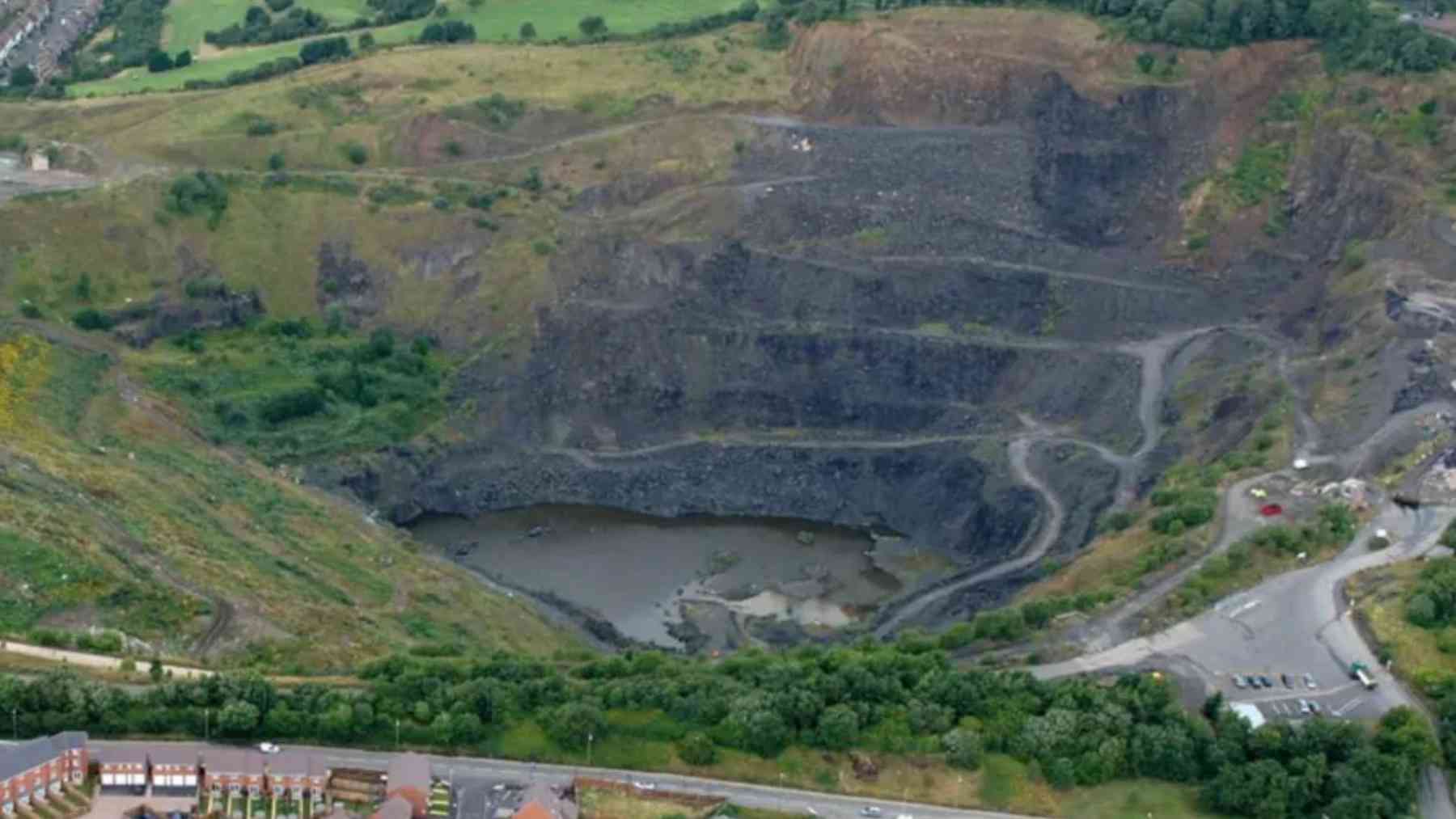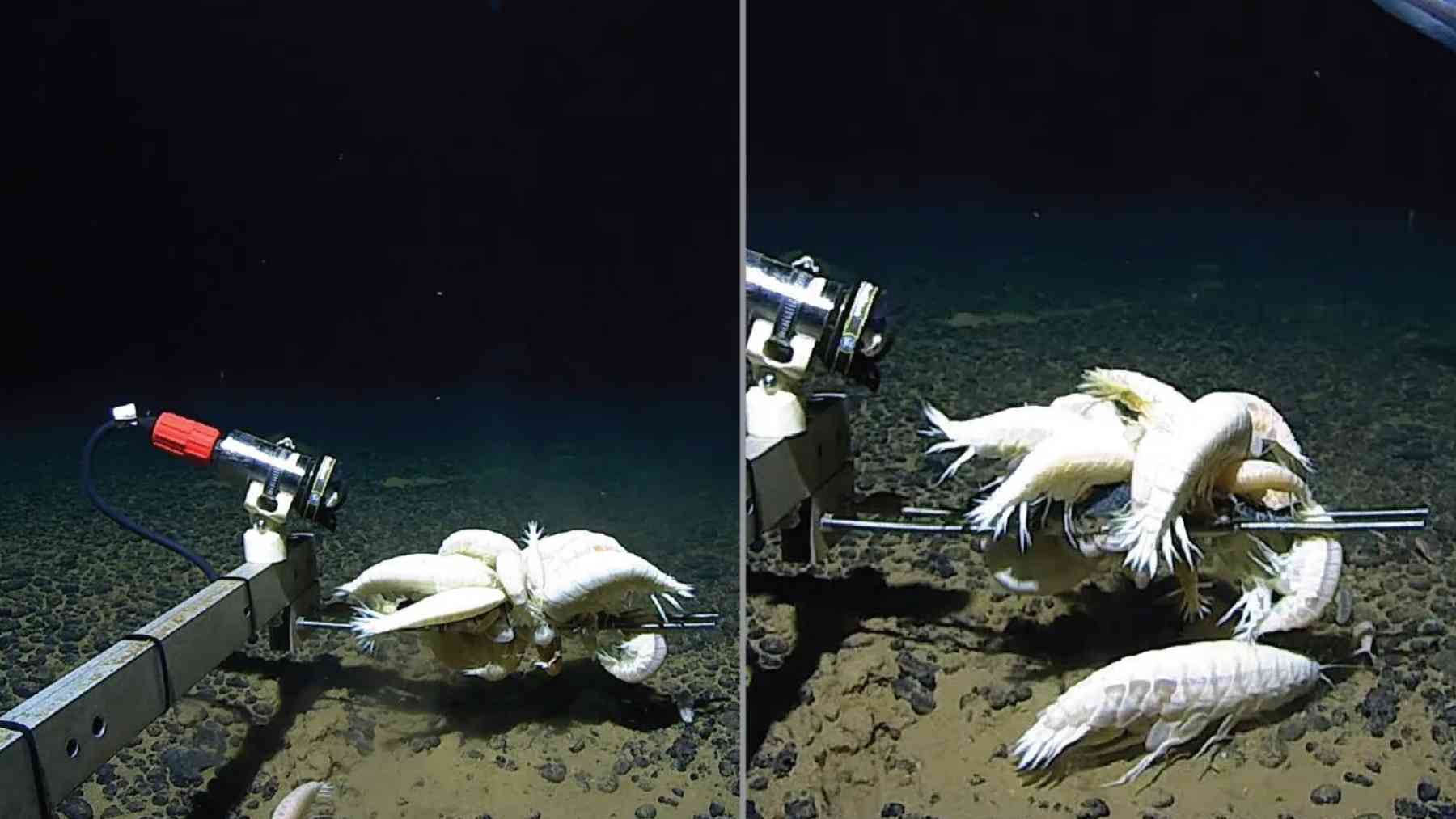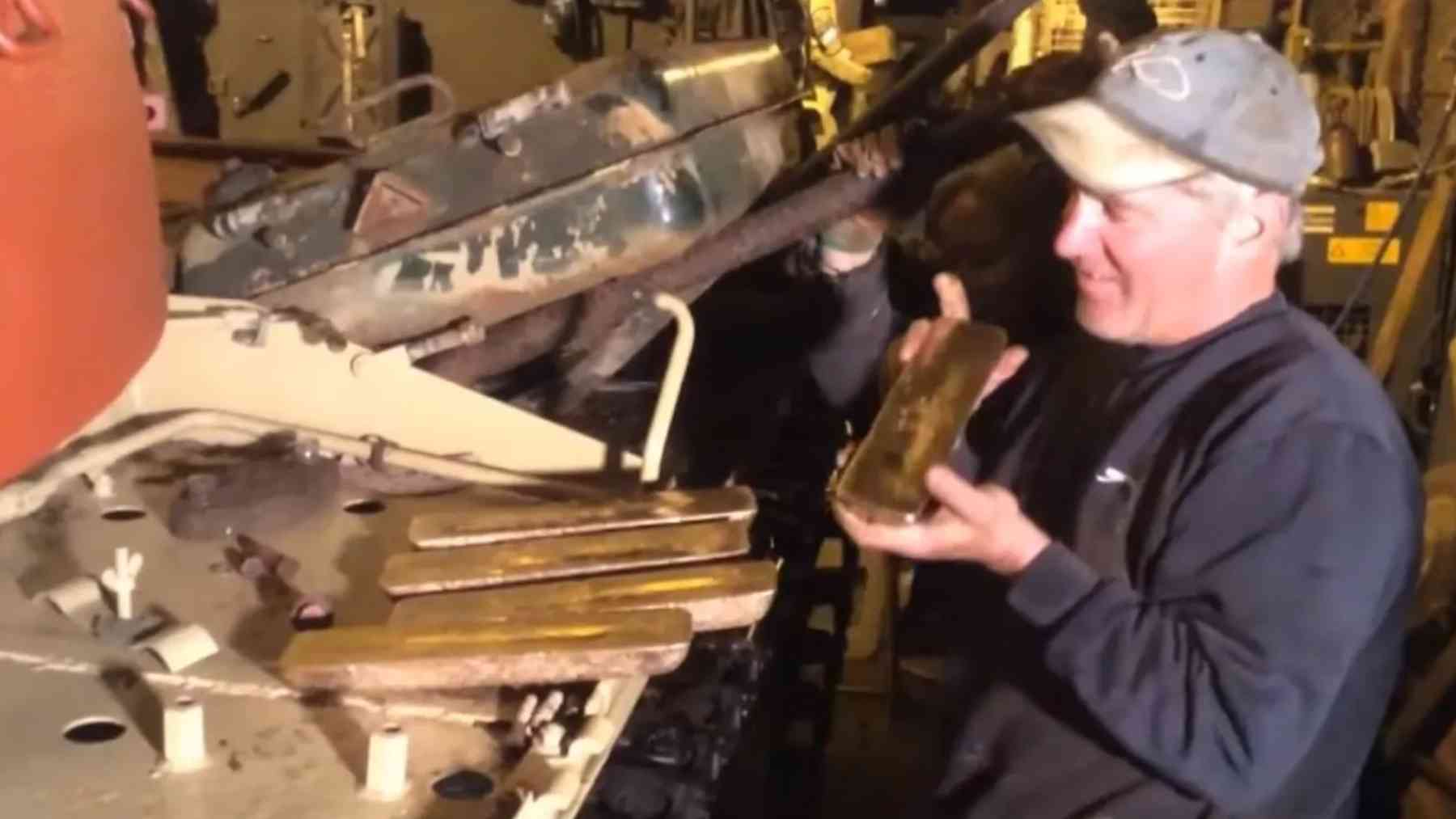The most futuristic form of hydrogen is being produced in Australia in a powder form. Australia is utilizing a groundbreaking research initiative led by Curtin University and assisted with $5 million in government funding from ARENA (Australian Renewable Energy Agency). Scientists have, as such, come up with a way to export green hydrogen by making use of a powder known as sodium borohydride (NaBH₄). This forward-thinking innovation paves the way forward in Australia’s mission to produce 550,000,000 kilograms (or 550,000 tonnes) of green hydrogen annually by the year 2040.
Understanding powder hydrogen as the future
When exploring traditional hydrogen transportation methods, most entailed compressing the hydrogen as gas or liquefying it at -253°C. Both options are expensive and ineffective. Since Hydrogen is highly flammable, it cannot be transported effectively in large quantities. Countries utilize chemical carriers such as ammonia to transport hydrogen; however, ammonia is also rather complex to utilize.
Australia’s use of powdered hydrogen with sodium borohydride could prove rather efficient. Should hydrogen powder interact with water, the powder releases hydrogen in a rather controlled manner, leaving behind traces of sodium metaborate (NaBO₂). The only challenges have been the cost and difficulties associated with recycling sodium metaborate back into sodium borohydride. This setback has made sodium metaborate less lucrative until now.
Innovations from Curtin University and partner, Velox Energy Materials, have enabled researchers to engage in the catalytic regeneration process, which transforms sodium metaborate back into sodium borohydride rather cheaply. What Australia has done is come up with a lower-cost hydrogen export solution that is far cheaper than other regeneration methods.
Australia’s 550,000,000 kg mission
Australia has not just stopped at the production of powered hydrogen but is looking at the numbers in terms of the amount of hydrogen that the country can produce. According to governmental projections, the country can produce:
- 330,000 tonnes of green hydrogen annually by 2030.
- Australia will increase this amount to produce 550,000 tonnes by 2040.
So, 550 million Kg of hydrogen is what really matters since 1 kg of hydrogen leads to more or less 33,3 kWh of energy. Therefore, 550 million kg of hydrogen could generate more than 18 billion kWh of energy, which equates to the energy consumption of roughly 2,5 million Australian households.
Sodium borohydride is also important as a tonne of sodium borohydride can lead to 213 kg of hydrogen once the reaction with water occurs. Australia seeks to export 550,000 tonnes of hydrogen and would thus require 2,58 million tonnes of sodium borohydride, which can be regenerated thanks to research and the novel method.
Australia has come up with a scalable and safe way to transport hydrogen across the globe all thanks to considering hydrogen in its powder form. Australia is looking to teleport hydrogen to Germany, and no one expected how Australia aimed to do this.
Australia is trying its luck with green hydrogen production
Powered hydrogen is part of the country’s wider strategy. Australia is looking to invest in hydrogen export infrastructure and wants to be the provider of hydrogen to countries like Germany, Japan, and South Korea that are at the forefront of their zero-emissions strategy but lack proper infrastructure to scale up solutions.
With Australia’s idea in mind, we won’t have to make the biggest mistake of turning hydrogen black. It is the Kotai Hydrogen Project from Curtin University, along with funding from ARENA, that sees this $16,47 million project looking to scale up the production of sodium borohydride, considering powder processing to ensure continuous hydrogen production, and looking at hydrogen generation reactors that can produce hydrogen on demand.
The pilot program will run throughout 2029 and will offer a new take on how hydrogen is produced and transported, placing Australia at the center of exporting hydrogen globally. Australia is looking to convert hydrogen into rechargeable power and thus has the potential to unleash 550 million kilograms of green hydrogen ready for export.
Disclaimer: Our coverage of events affecting companies is purely informative and descriptive. Under no circumstances does it seek to promote an opinion or create a trend, nor can it be taken as investment advice or a recommendation of any kind.
